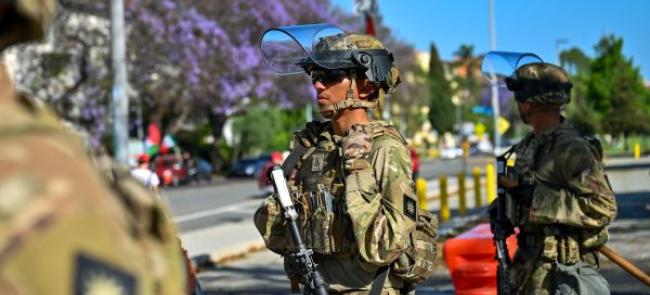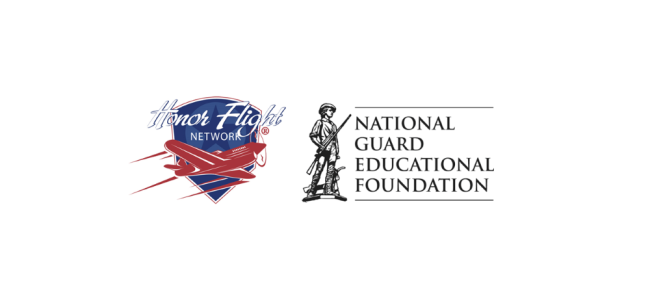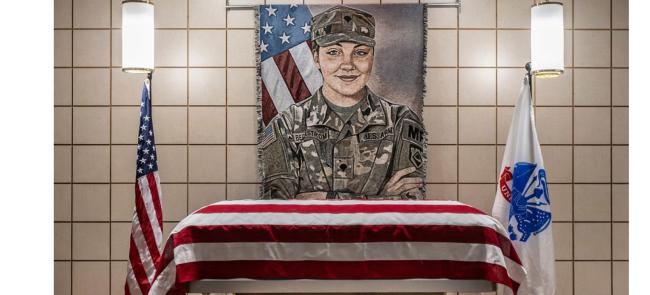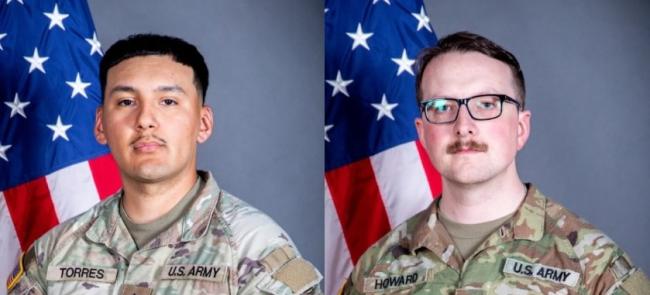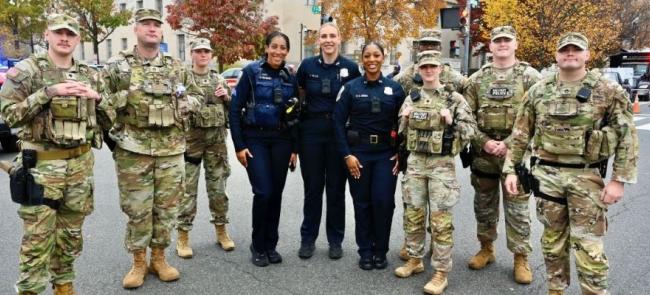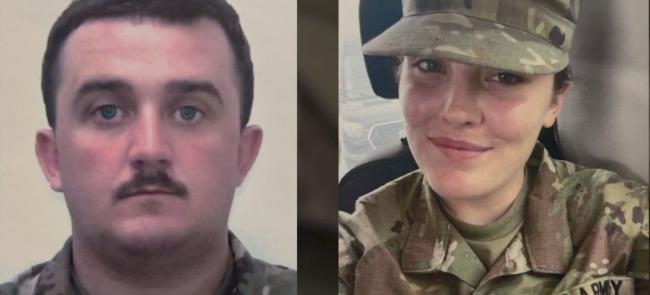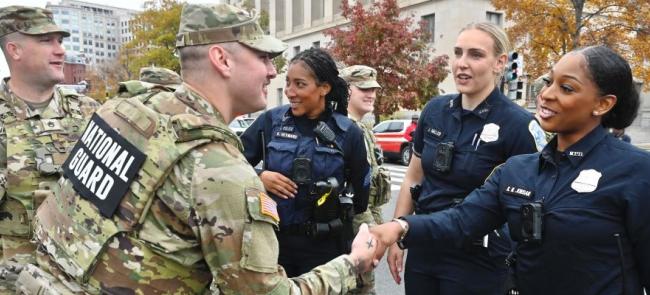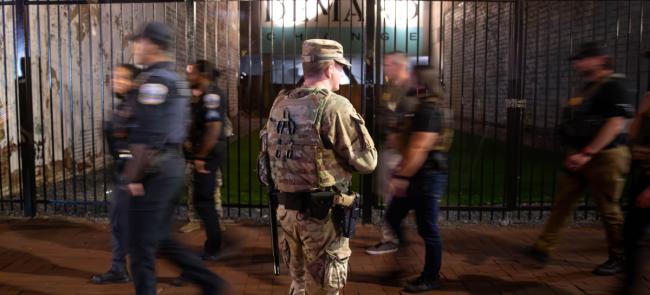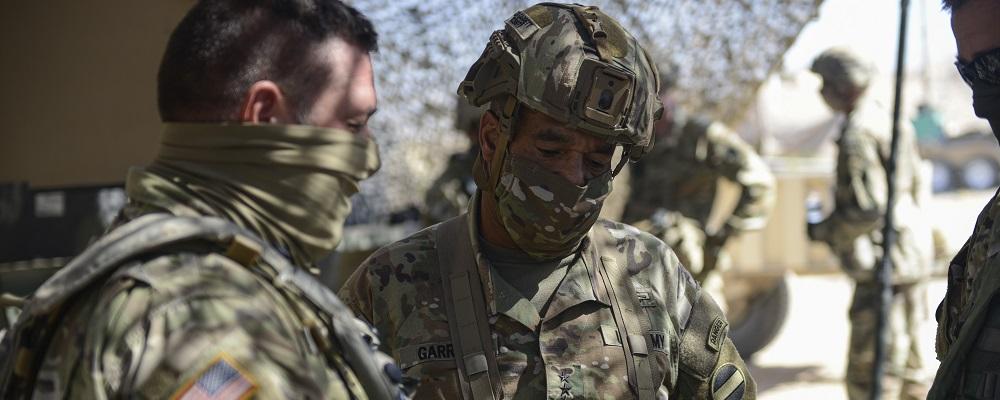
The Army is rethinking its reliance on Combat Training Center rotations as it seeks to relieve some demands on the force.
Officials speaking at the annual meeting of the Association of the U.S. Army last week said they will reevaluate what training units are required to undergo ahead of a CTC rotation and reduce the number of annual rotations.
According to reports, one Guard rotation has already been cut for next year.
“Over the last three years, we have increased the numbers of CTC rotations to get at readiness requirements… but that was not sustainable and we all knew it wasn’t sustainable,” said Gen. Michael X. Garrett, the commander of U.S. Army Forces Command.
Garrett spoke of the need for a readiness balance during a roundtable discussion at AUSA that also featured Lt. Gen. Jon A. Jensen, the director of the Army Guard.
Both spoke of the challenges of the past year and how the force has overcome them.
“The events of the past year have underscored the idea that our military has a pretty poor record of predicting the future,” Garrett said.
But he praised junior leaders for finding ways to generate readiness while protecting troops.
Garrett said people is the Army’s top priority and that the force must find the correct balance between its people, modernization and readiness.
Jensen recapped some of the challenges that have come to the Guard amid a very busy year marked by the COVID-19 pandemic, hurricanes, wildfires and more.
The Army Guard alone lost 19,000 school seats, he said. And missed out on three of four planned CTC rotations and three of four Exportable Combat Training Center rotations.
“What was not impacted, however, was our warfighter response,” Jensen said, noting the 22,000 Army Guardsmen who are currently deployed.
Jensen said the Guard must be able to operate in difficult conditions, including the ongoing pandemic, but leaders can’t discount the danger, either.
The Guard must be prepared to operate while mitigating risk and protecting soldiers, families and employers, he said.

